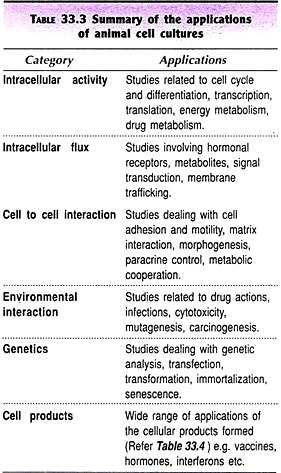ADVERTISEMENTS:
Experiment to Observe Adaptive Features in Animals!
Experiment:
Objective:
Observe and draw the specimens of earthworm, cockroach, bony fish and bird showing a specific feature and an adaptive feature.
1. Earthworm:
Examine the body of an earthworm. It is cylindrical. The body is divided into a number of segments.
ADVERTISEMENTS:
It has no other appendages. The anterior half has a band of skin called clitellum. A fresh specimen will be moist. The shape of the earthworm makes it a suitable burrower of the soil.
2. Cockroach:
Examine the body of a cockroach. You will find that it has 6 legs. Each leg has joints. A cockroach has two compound eyes. At the posterior end it has two anal cerci. The body is dorsoventrally flattened and is divided into 3 parts: head, thorax, and abdomen.
The jointed legs make it a runner and its wings enable it to fly for a short distance. Note that the outer wings are leathery, but the inner ones are thin and membranous.
3. Bony fish:
Examine a bony fish. Note the position of the eyes, shape of the mouth, scales on the body, fins on the dorsal and ventral surfaces. Also examine the shape of the tail fin. You can also feel the endoskeleton by grabbing it firmly.
The contour of the body is streamlined so that it can swim without much resistance. Fins also help in swimming. The gills are located just behind the head on the lateral sides. The gills are covered by an operculum. Gills enable the fish to obtain oxygen dissolved in water, and expel the carbon dioxide produced in the body.
4. Bird:
Examine a pigeon. Observe the position of the beak. See the types of plumage, forelegs and wings. Hind legs have claws. Try to look for teeth in the jaws. You will find none. There are scales in the hind legs. The body is light. The body plan of the bird helps it to fly long distances. Hold the bird gently with your hands. You will feel that its body temperature is higher than yours.




